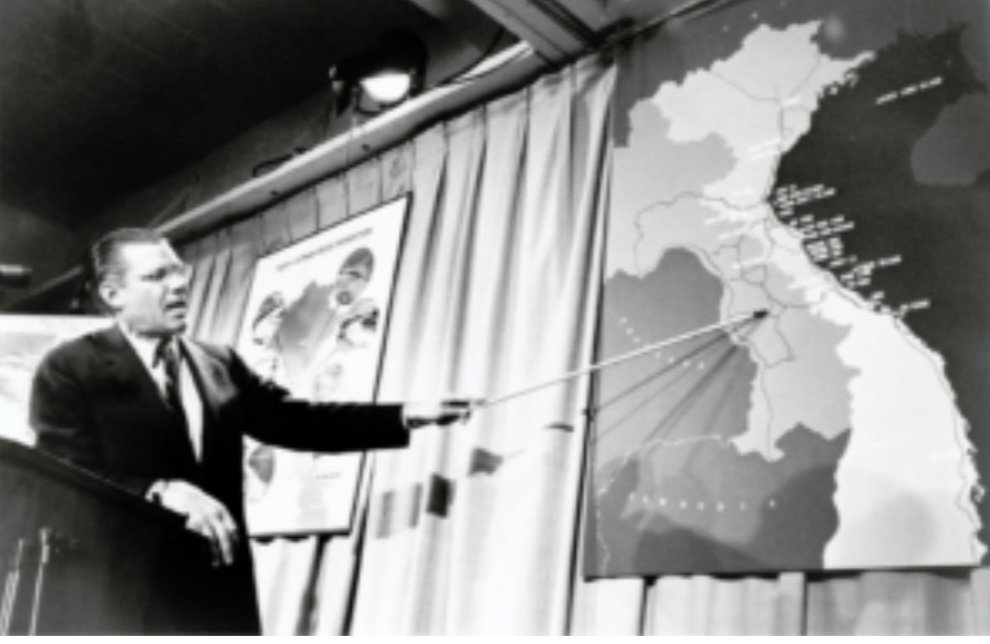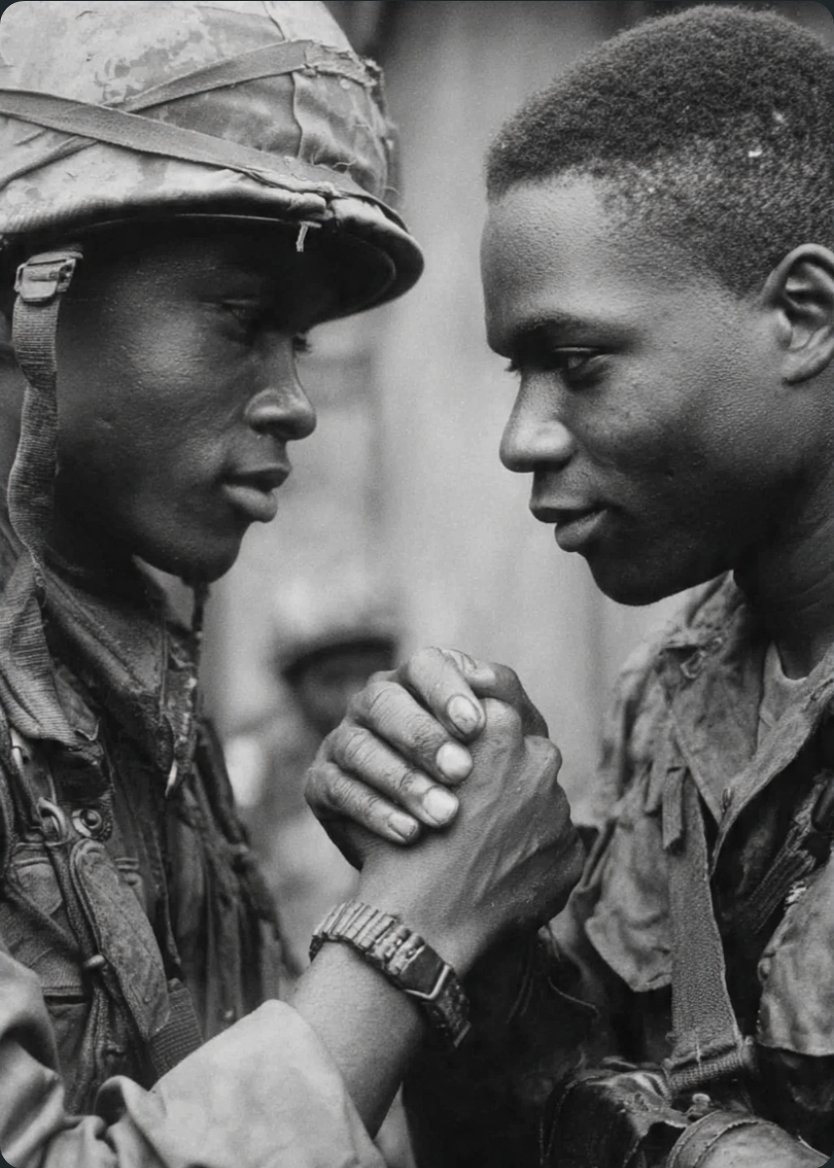⚠️WOKE CONTENT⚠️
🧵 During the antebellum period in the United States, free Black people were required to carry official documents known as Certificates of Freedom, or “Freedom papers". (cont)
#ProudBlue
#ResistanceRoots
#USDemocracy
#Voices4Victory
briscoecenter.org/exhibitions/fr…
🧵 During the antebellum period in the United States, free Black people were required to carry official documents known as Certificates of Freedom, or “Freedom papers". (cont)
#ProudBlue
#ResistanceRoots
#USDemocracy
#Voices4Victory
briscoecenter.org/exhibitions/fr…
These documents verified their status. The documents were typically issued by local courts and included identifying details such as name, age, physical description, and the date of emancipation or birth into freedom. Free Black individuals had to (cont)
hub.jhu.edu/2018/02/02/fre…
hub.jhu.edu/2018/02/02/fre…
register with county courts and often renew their papers every few years. For example, Joseph Trammell, a free Black man in Virginia, registered in 1852 and continued to do so once every two years until 1865- when enslaved Black people were (cont)
si.edu/object/certifi…
si.edu/object/certifi…
emancipated. To safeguard these documents from damage or loss, many used handmade containers, such as tin canisters or wallets, to carry their papers. Trammell, for instance, used a small tin box to protect his freedom papers (below). This was very (cont)
searchablemuseum.com/joseph-trammel…
searchablemuseum.com/joseph-trammel…

important, as free Black people had to prove their legal status to avoid being mistaken for enslaved individuals. During that period in history, many free Black people were kidnapped and placed into slavery. One such person was Solomon Northup, (below) a free Black man (cont) 

who spent 12 years as a slave until his family enlisted the aid of the Governor of New York, Washington Hunt. He regained his freedom on January 3, 1853.
The burden of proof was on the individual. Free Black people had to be ready to present their papers at any time, (cont)
The burden of proof was on the individual. Free Black people had to be ready to present their papers at any time, (cont)

especially when traveling or encountering law enforcement or slave catchers. This practice underscores the precarious nature of freedom for Black people in a society that often refused to recognize their rights. Even with documentation, their liberty was never fully secure.(cont) 

America in 2025: Latinos are being detained by ICE and other federal law enforcement agencies. Many are now carrying proof of status; just like free Black once people did.
"The past is prologue"~ William Shakespeare.
Never dismiss history.
#KeepItWoke
#DedicatedToTam✡️🕊

"The past is prologue"~ William Shakespeare.
Never dismiss history.
#KeepItWoke
#DedicatedToTam✡️🕊


• • •
Missing some Tweet in this thread? You can try to
force a refresh









